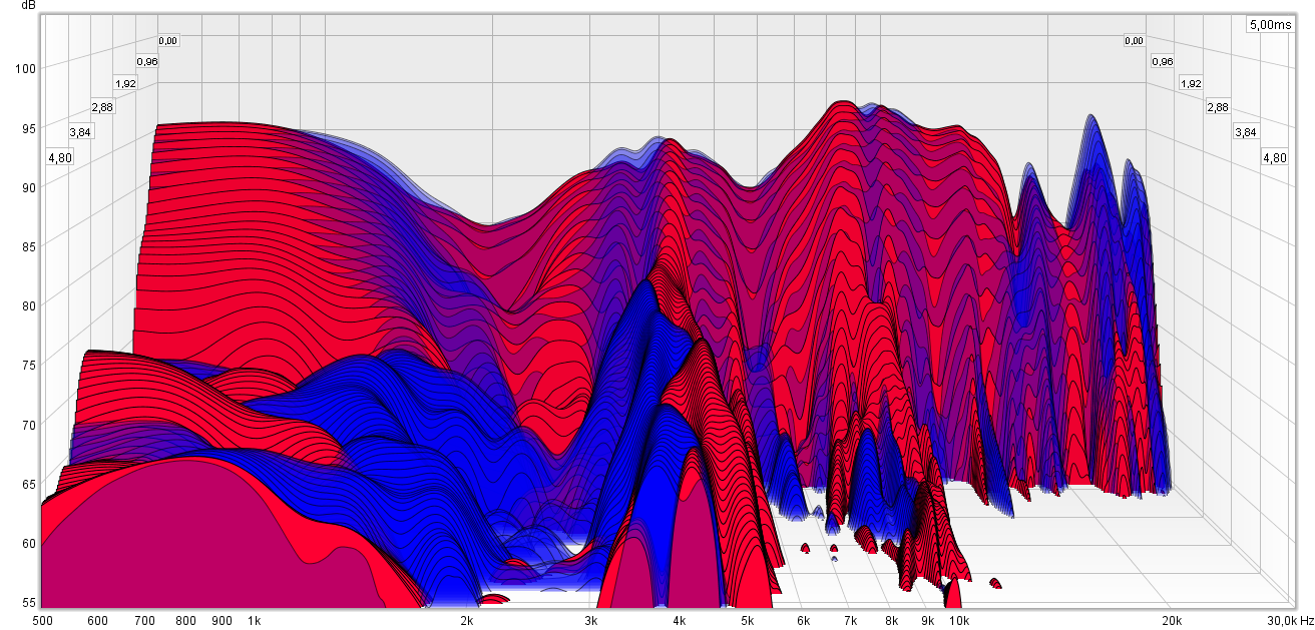I see no crazy peaks between 20 and 22kHz in the Susvara I measured nor any resonances at
those specific frequencies.
Of course this is just my measurement and not Cameron's copy nor do we know what his pinna does at these frequencies.
The signals are very small and even when 120dB peaks are reached (which would require a huge amount of power for the very insensitive Susvara) then peaks in that part of the frequency range would reach about 50dB SPL... I reckon Cameron needs at least 90dB SPL to detect >20kHz continuous sine waves.
A question could be is that also needed with transients at those levels and is the fact that he can actually hear those frequencies (or rather the effect, it sounds like a 'pressure' and is not perceived as a tone) really the reason he got 18/20 and Sharur 10/10 at one specific part.
None of this explains the 'This DAC sounds so much better that I don't even need to do a blind test' effects.
Fascinating as this all may be even Cameron admitted the differences are so small it does not matter for enjoyment of music.

